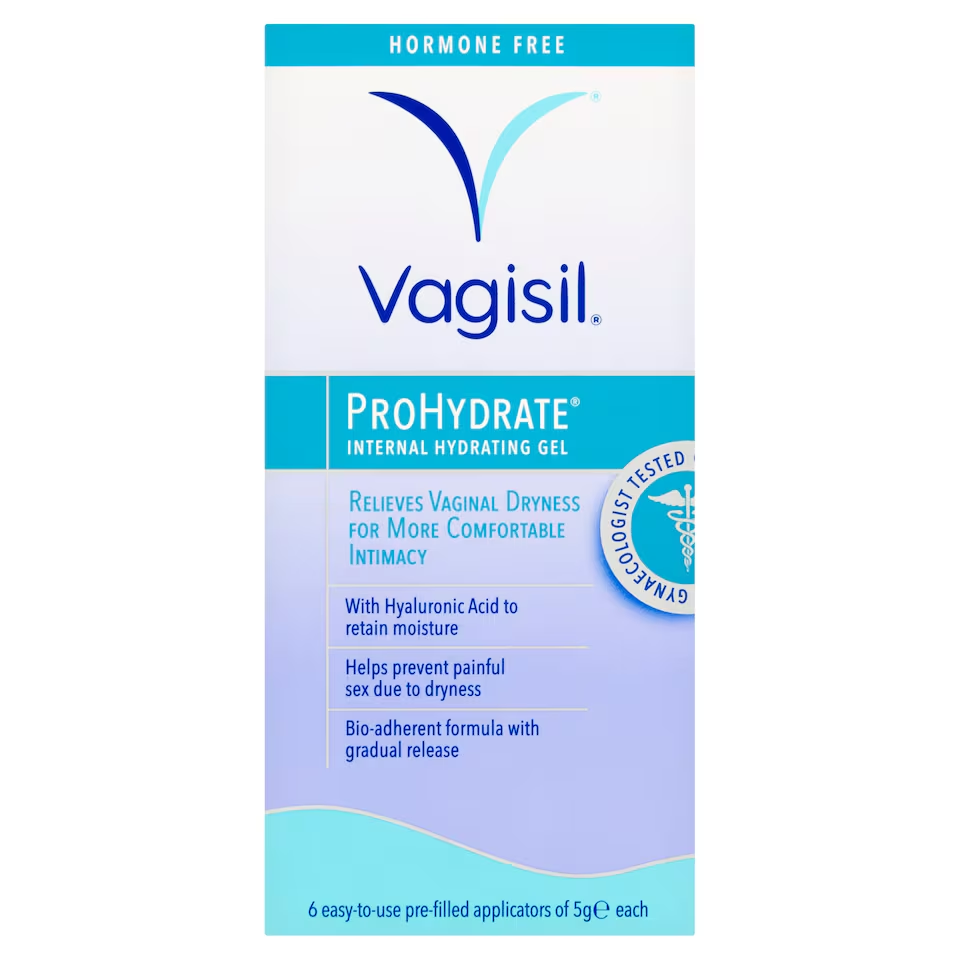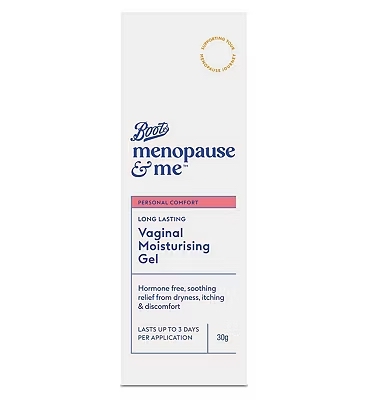
When women go through perimenopause or menopause, falling hormone levels can cause a range of symptoms including hot flushes, mood changes, fatigue, brain fog and low sex drive, amongst others. Replacing hormones like oestrogen (HRT) often helps with many symptoms, but some women still find their sexual desire remains low and upsetting. This is where testosterone – a hormone women also make naturally – may help.
What the studies show
A large review of clinical trials found that small, non-oral doses of testosterone (such as skin gels or patches) improved sexual desire, pleasure, arousal and satisfaction in postmenopausal women with very low libido. Women also reported less distress about their sex lives. The main side-effects were mild acne or extra hair growth; serious side-effects were rare [1].
The British Menopause Society (BMS) says testosterone should only be tried for women who still have very low sex drive after other causes have been looked at and after oestrogen treatment if needed. The dose should stay within the normal female range, and regular checks are advised to watch for side-effects [2].
NICE guidelines also support considering testosterone for women with low sexual desire when HRT alone hasn’t worked [3].
How it’s used
Testosterone for women is usually given as a skin gel or cream at very low daily doses – much lower than men use.
Non-oral products are preferred because they have fewer unwanted effects on cholesterol and other blood fats [1].
Doctors usually review treatment after about 3–6 months. [2].
Safety
Short-term studies show testosterone at low doses is generally safe. We still need more information about very long-term safety, so treatment should always be under medical supervision [2][3].




